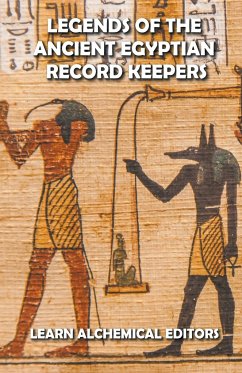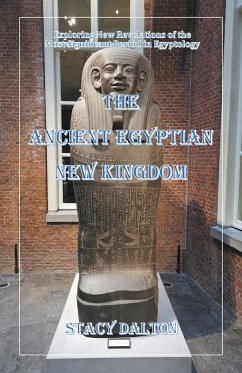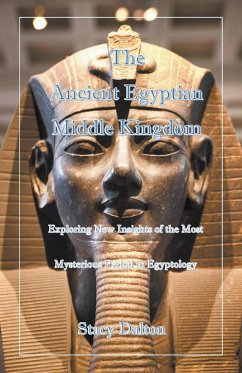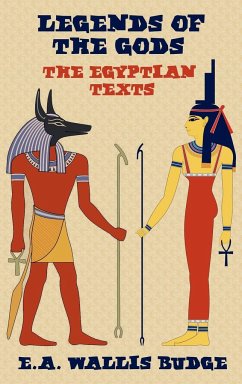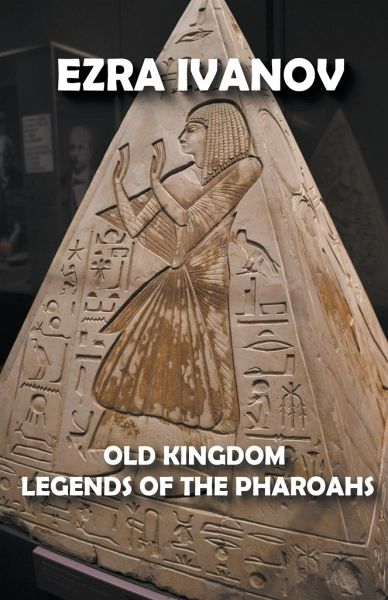
Old Kingdom Legends of the Pharoahs
Versandkostenfrei!
Versandfertig in 1-2 Wochen
18,99 €
inkl. MwSt.
Weitere Ausgaben:

PAYBACK Punkte
9 °P sammeln!
SPHINX OF GIZA Many mysteries surround the Sphinx. Many tourists are confused by the Giza sand as they trudge through it. They wonder why there is such a big fuss about this dusty knoll. Many Egyptologists agree with this statement since, unlike the three enormous pyramids that stand upon the plateau above and where the tombs of pharaohs are. The Giza Sphinx is not known to have a function. This lion with a man's head was a powerful image in its day. Sphinxes and temples adjacent to the Sphinx at Giza were visited for prayers. As millennial models for later, more miniature sphinxes, the pose, ...
SPHINX OF GIZA Many mysteries surround the Sphinx. Many tourists are confused by the Giza sand as they trudge through it. They wonder why there is such a big fuss about this dusty knoll. Many Egyptologists agree with this statement since, unlike the three enormous pyramids that stand upon the plateau above and where the tombs of pharaohs are. The Giza Sphinx is not known to have a function. This lion with a man's head was a powerful image in its day. Sphinxes and temples adjacent to the Sphinx at Giza were visited for prayers. As millennial models for later, more miniature sphinxes, the pose, workmanship, eye and ear shapes, proportions of its face, and headdress can be found on this statue. It was freed from drifting sands, and its eroding stone was restored at the command of pharaohs, emperors, and kings. Its outline was also written - a rare occurrence - on stelae upon which it was placed within a sort of hieroglyphic landscape: a great cat standing 240 feet high at the desert's edge, flanked by the pyramids of Khufu and Khafre and tended by phalanxes of priests. Later, after several millennia, the monstrous feline evolved wings and flew onto Dr. Freud's Hampstead desk via ancient Greece and neo-classical Vienna. In temples near the Great Giza Sphinx, hundreds of small stelae were dedicated by princes, courtiers, scribes, and their families. Approximately two feet high, it is sculpted from fine white limestone.





